Introduction:
Chinese cuisine is a tapestry of flavors, textures, and culinary techniques that have been honed over thousands of years. It is a testament to the rich cultural heritage of China, with each region offering its unique dishes that reflect local ingredients, climate, and history. In this essay, we will embark on a journey through the traditional foods of China, exploring their significance and the English expressions that best capture their essence.
The Art of Dumplings:
One of the most iconic dishes in Chinese cuisine is the dumpling, or "jiaozi" in Mandarin. Dumplings symbolize wealth and prosperity due to their resemblance to ancient Chinese gold ingots. The process of making dumplings is a communal affair, often involving family and friends gathering around a table to fill and fold the dough. The phrase "to wrap one's happiness in a dumpling" aptly describes the joy and togetherness associated with this culinary tradition.
The Delicacy of Dim Sum:
In the southern regions of China, particularly in Guangdong, the concept of "yum cha" or "drinking tea" is an integral part of the dining experience. Dim sum, a variety of small, bite-sized dishes, is served alongside tea. The English phrase "a taste of the orient" perfectly encapsulates the exotic and diverse flavors found in dim sum, which includes steamed buns, rice noodle rolls, and delicately crafted dumplings.
The Aroma of Rice:
Rice is the staple food in many parts of China, and its versatility is showcased in a myriad of dishes. From the simple yet satisfying "congee" (rice porridge) to the hearty "fried rice," rice dishes are a staple in Chinese cuisine. The phrase "the backbone of Chinese cuisine" reflects the importance of rice in providing sustenance and flavor to many traditional dishes.
The Sizzle of Stir-Fry:
Stir-frying is a cooking technique that has been mastered by Chinese chefs, resulting in dishes that are both quick to prepare and packed with flavor. The English expression "a symphony of flavors" aptly describes the harmonious blend of ingredients that are stir-fried together, often including a mix of vegetables, meats, and aromatic sauces.
The Heat of Sichuan Cuisine:
Sichuan cuisine is renowned for its bold and spicy flavors, with the use of chili peppers and Sichuan peppercorns being a signature element. The phrase "a fiery embrace" captures the intense and invigorating experience of eating Sichuan food, which can range from the numbing spicy "mapo tofu" to the tangy and spicy "twice-cooked pork."
The Sweetness of Desserts:
Chinese desserts, or "dim dong," often feature sweet and sticky rice dishes, as well as fruits and bean-based desserts. The English phrase "a sweet ending" is a fitting description for these delicacies that cap off a meal, providing a delightful contrast to the savory dishes that precede them.
The Complexity of Soups:
Soups in Chinese cuisine are not just for sipping; they are a meal in themselves, often containing a variety of ingredients that provide both nutrition and flavor. The phrase "a bowl of comfort" describes the warmth and satisfaction that comes from a well-prepared Chinese soup, such as the hearty "hot and sour soup" or the restorative "bird's nest soup."
The Tradition of Tea:
Tea is more than just a beverage in China; it is a cultural practice that dates back thousands of years. The English expression "a cup of tranquility" captures the calming and meditative nature of the Chinese tea ceremony, where the art of tea preparation and enjoyment is as important as the tea itself.
The Celebration of Festival Foods:
Chinese festivals are often marked by special foods that hold symbolic meaning. For example, during the Lunar New Year, it is customary to eat "nian gao," a sticky rice cake that symbolizes progress and growth. The phrase "a bite of tradition" encapsulates the connection between these foods and the cultural practices they represent.
Conclusion:
Chinese cuisine is a rich tapestry of flavors, techniques, and traditions that have been passed down through generations. The English expressions used to describe these dishes not only capture their essence but also provide a glimpse into the cultural significance that each dish holds. As we explore the traditional foods of China, we are not just tasting flavors but also experiencing a part of China's history and culture. Whether it's the communal act of making dumplings, the delicate art of dim sum, or the bold flavors of Sichuan cuisine, each dish tells a story and invites us to savor the unique culinary journey that is Chinese food.
转载请注明来自简单的大亮,本文标题:《探索中国的传统美食,英语作文中的美食之旅》

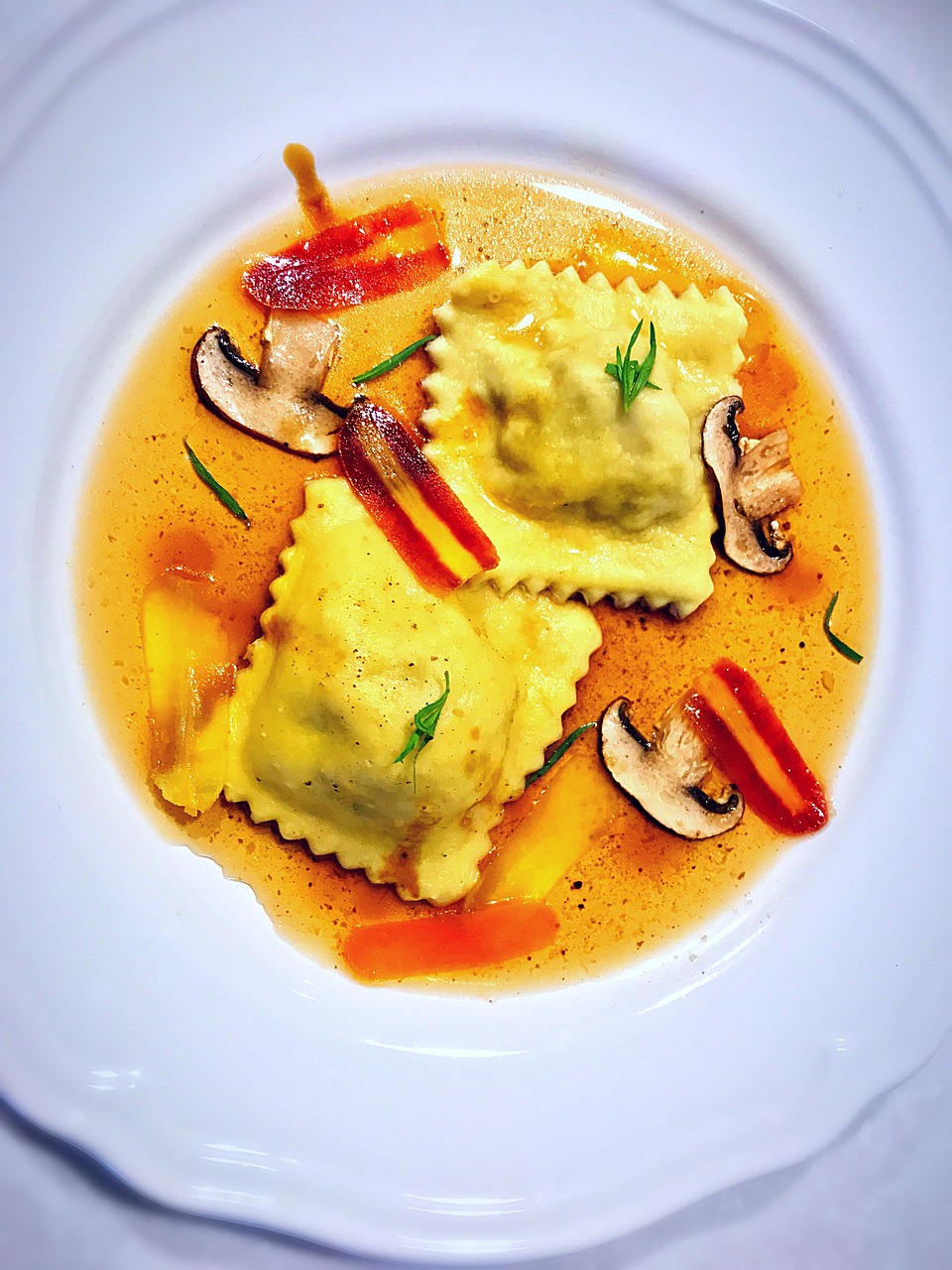

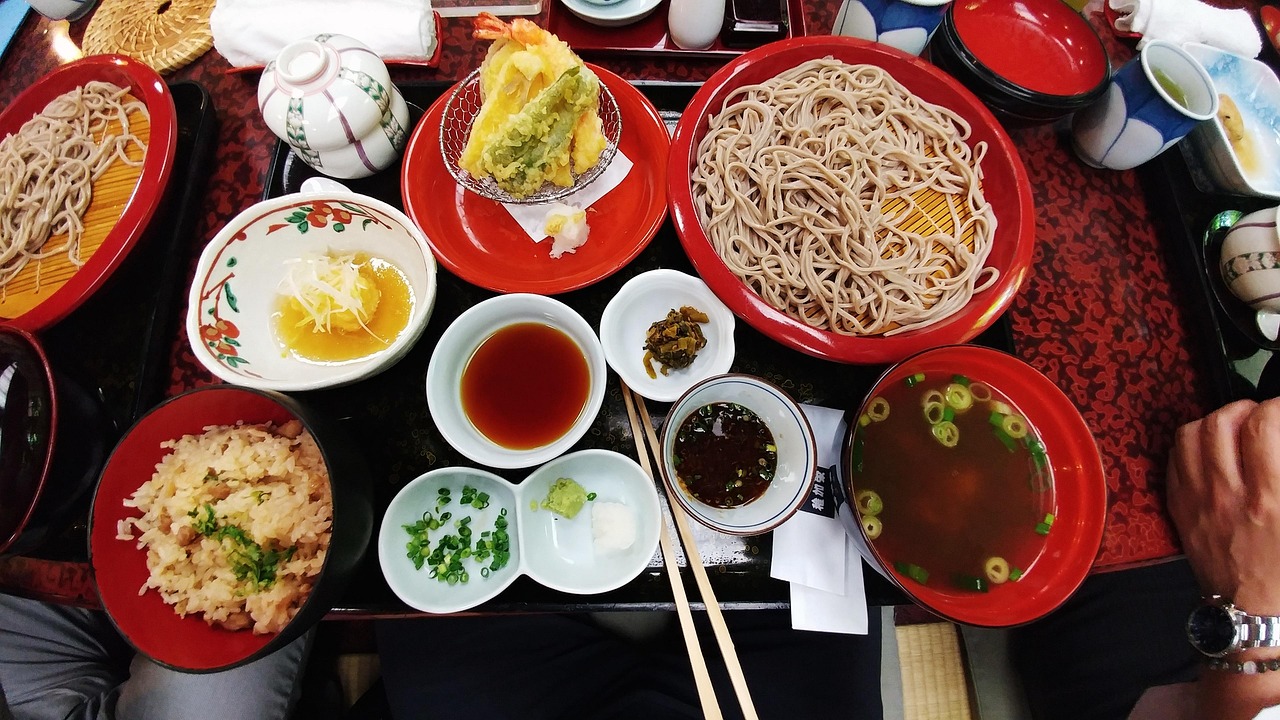
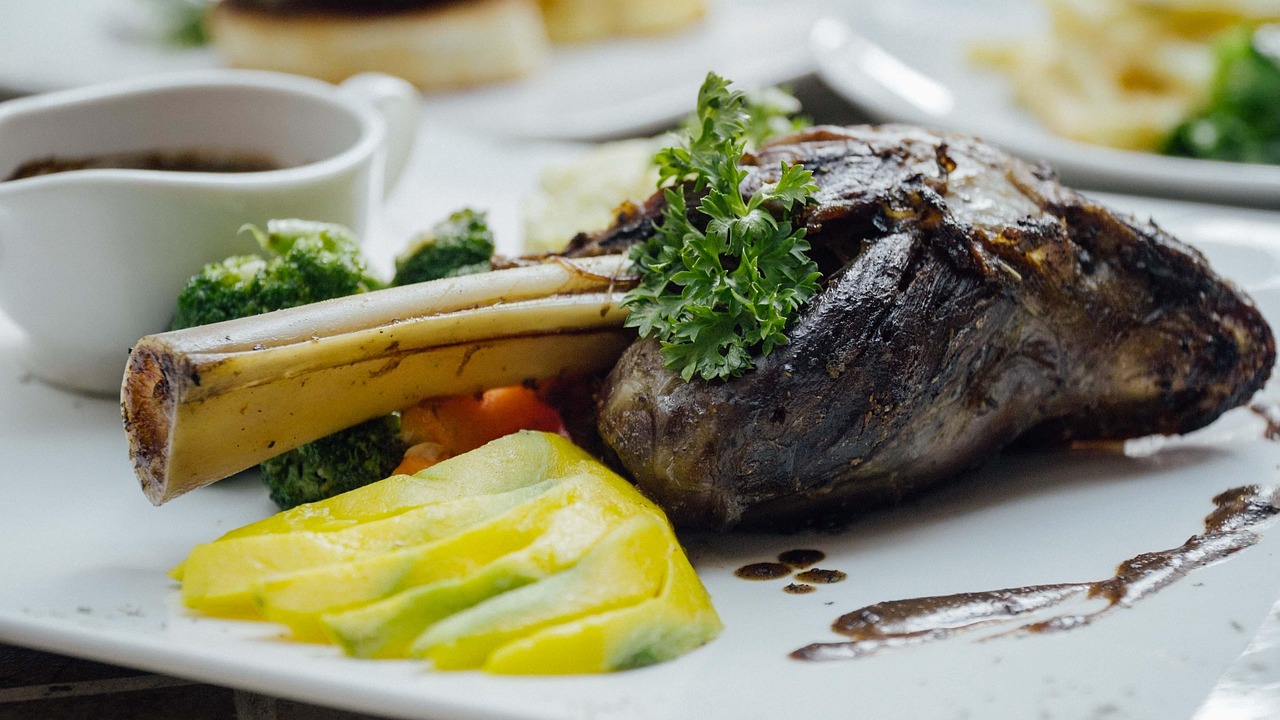

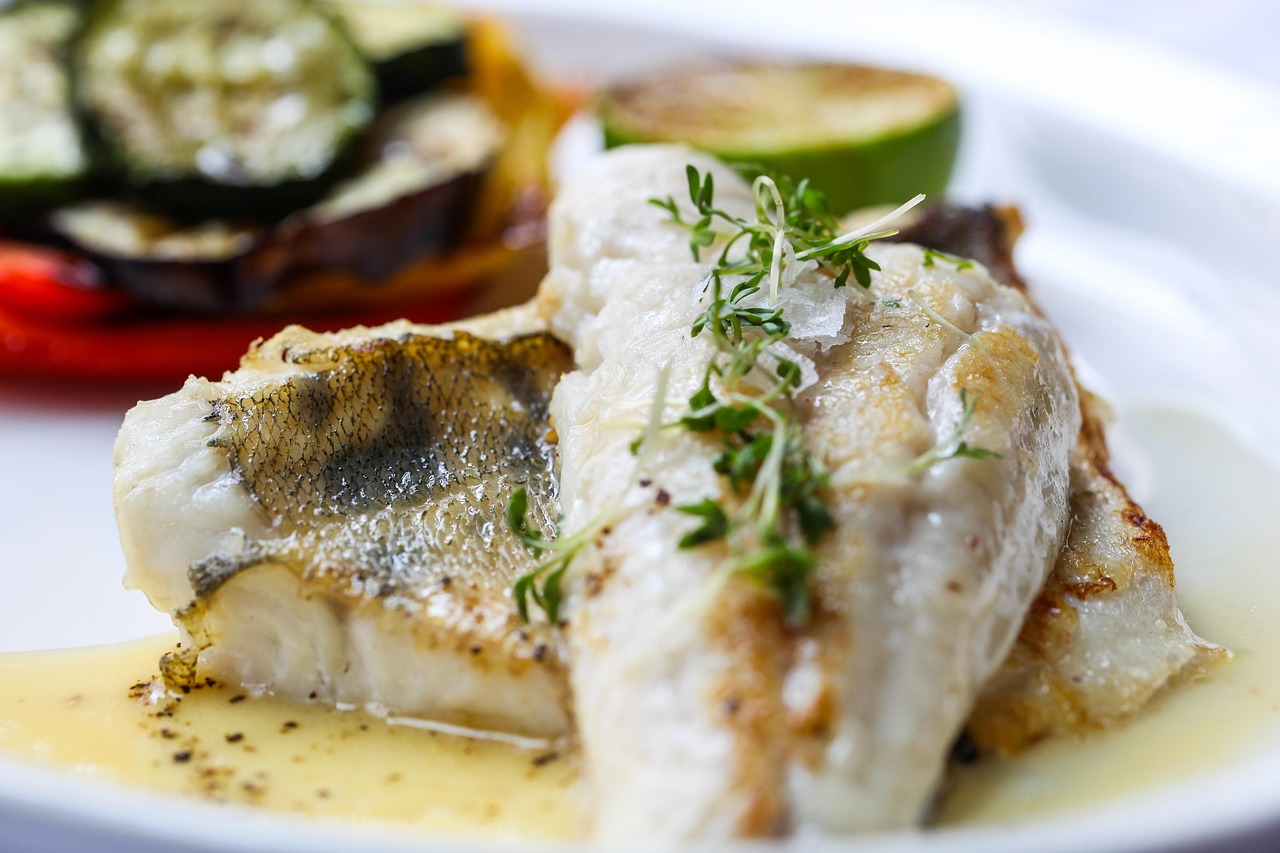
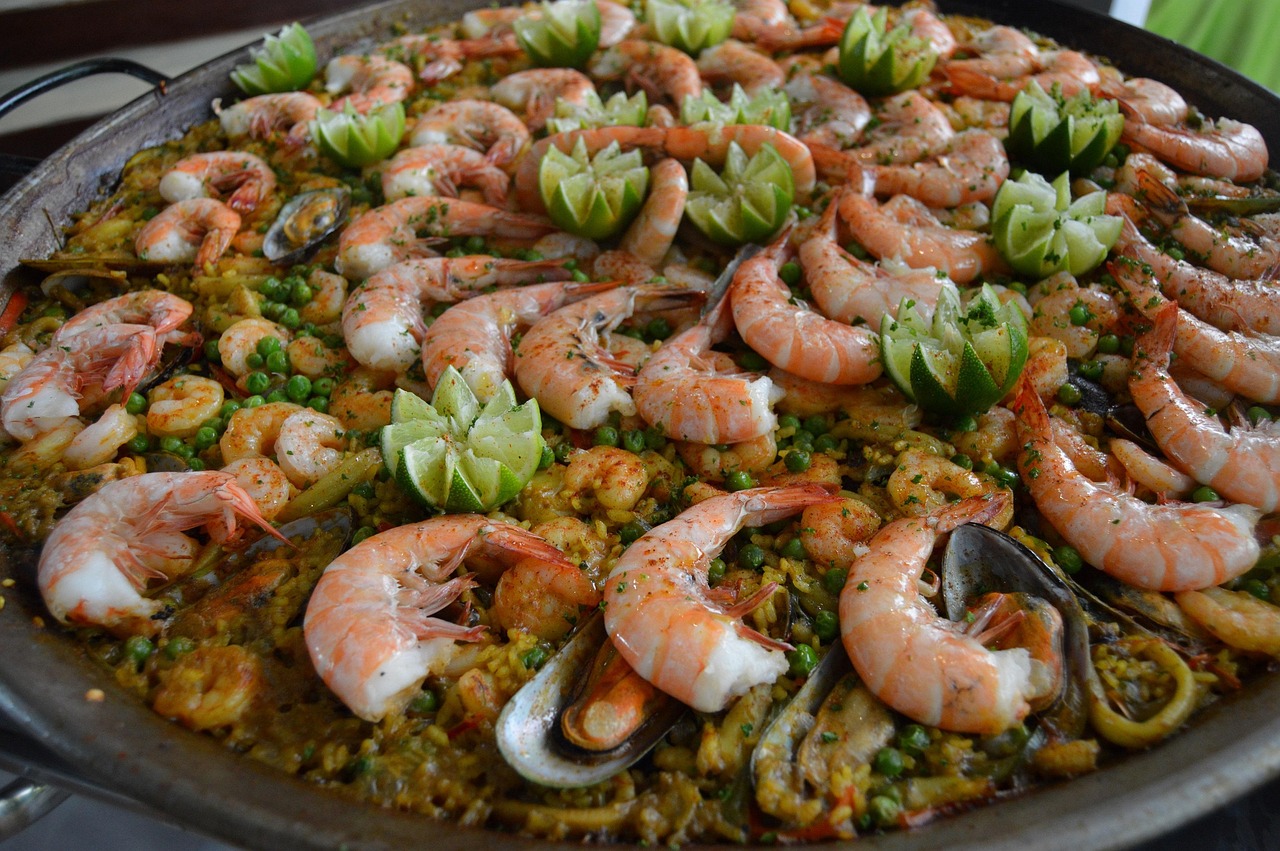
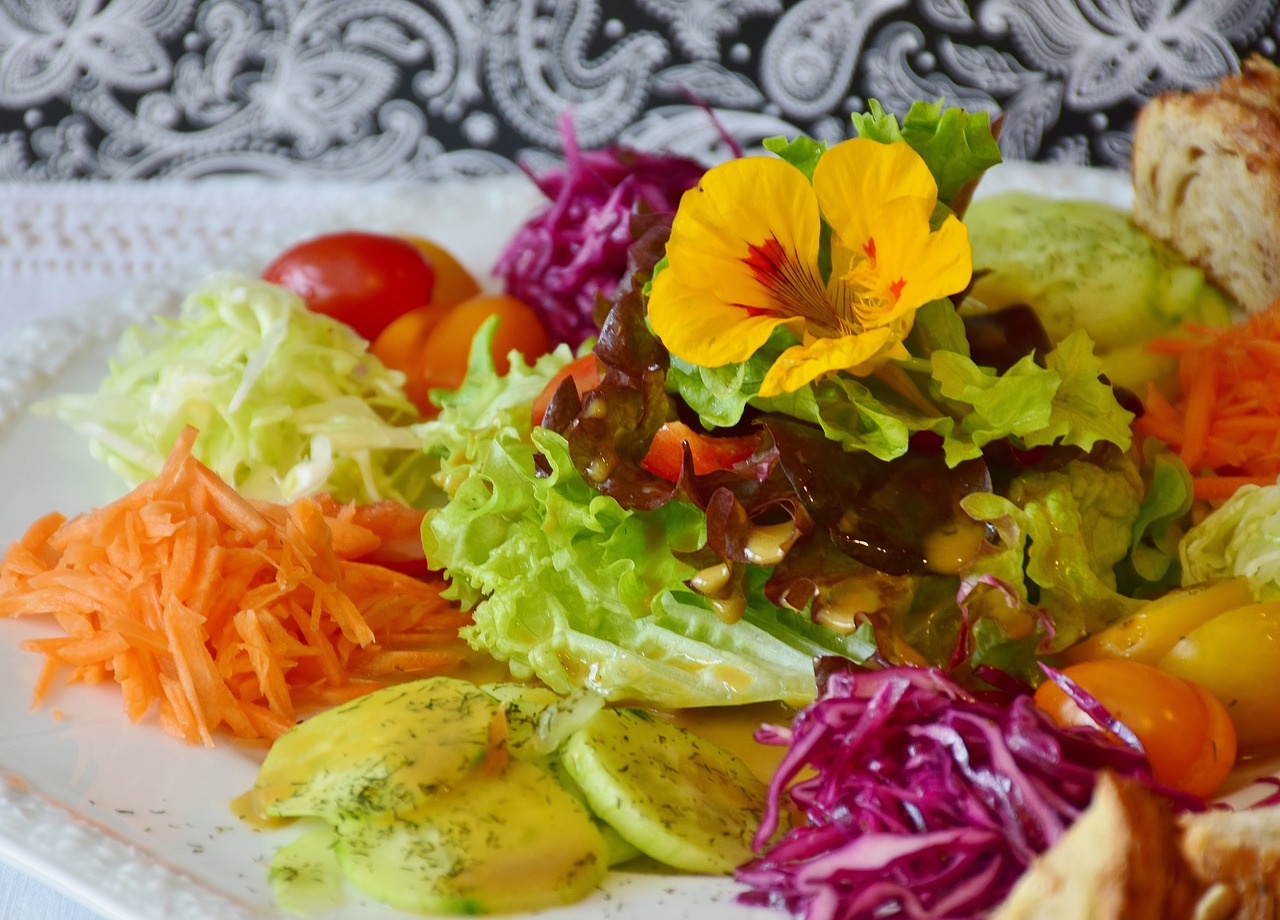
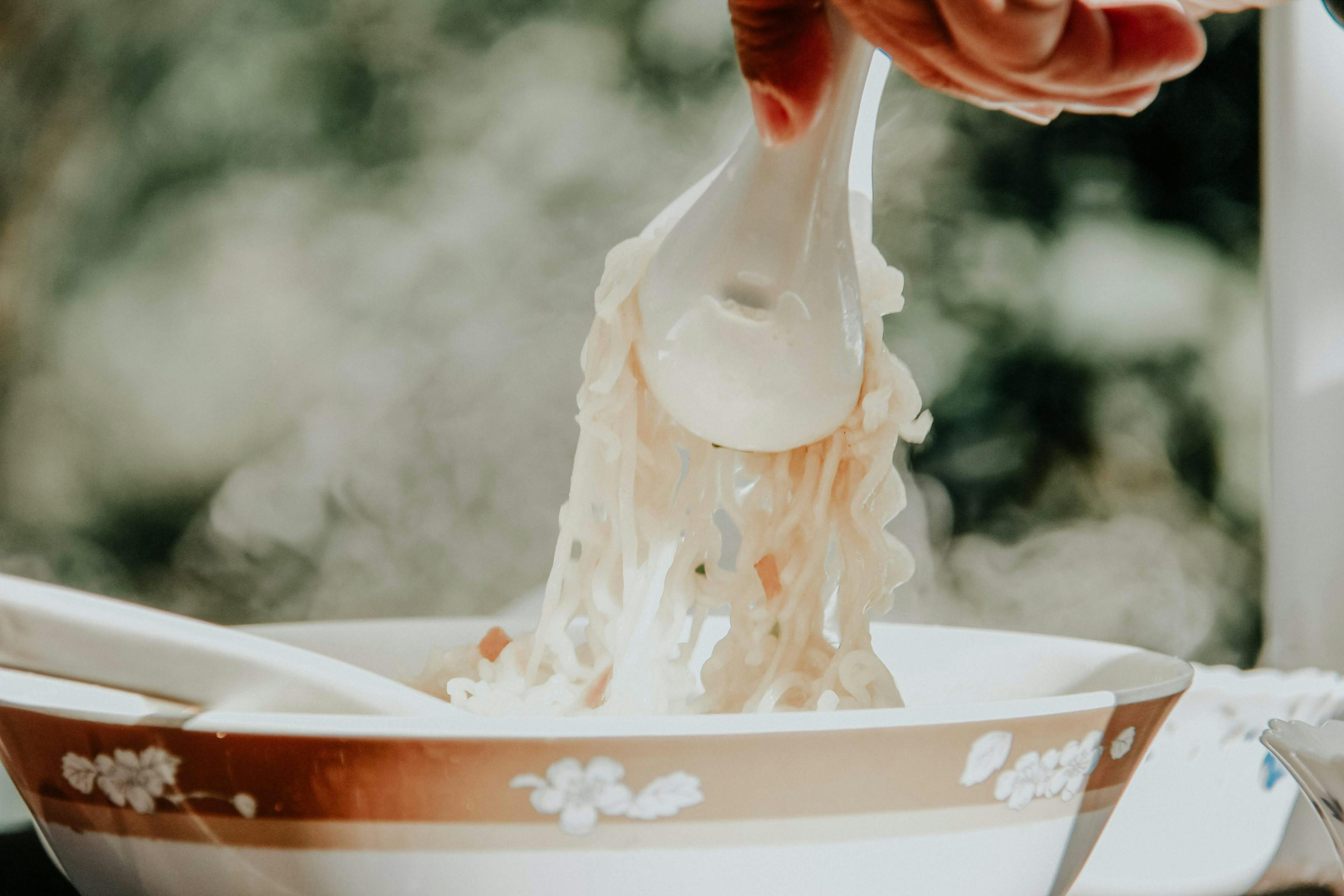
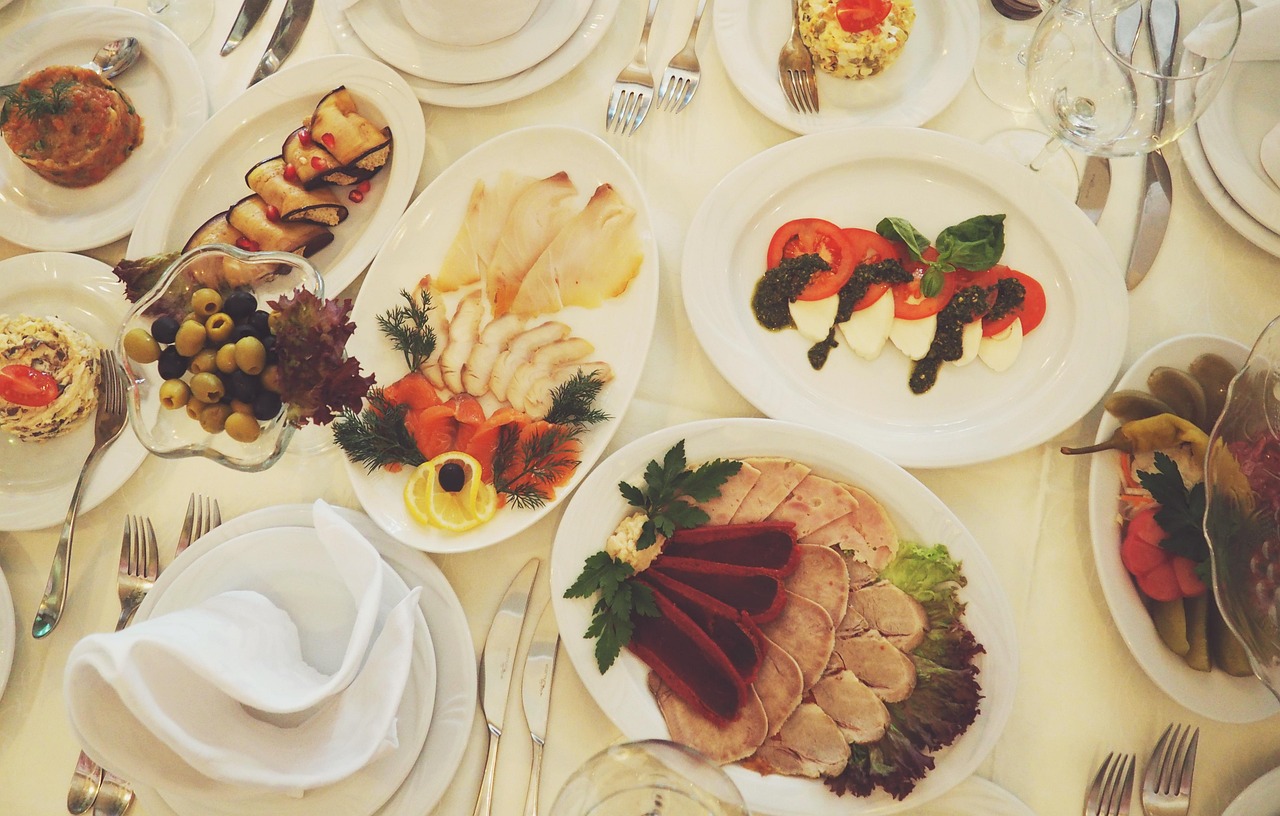
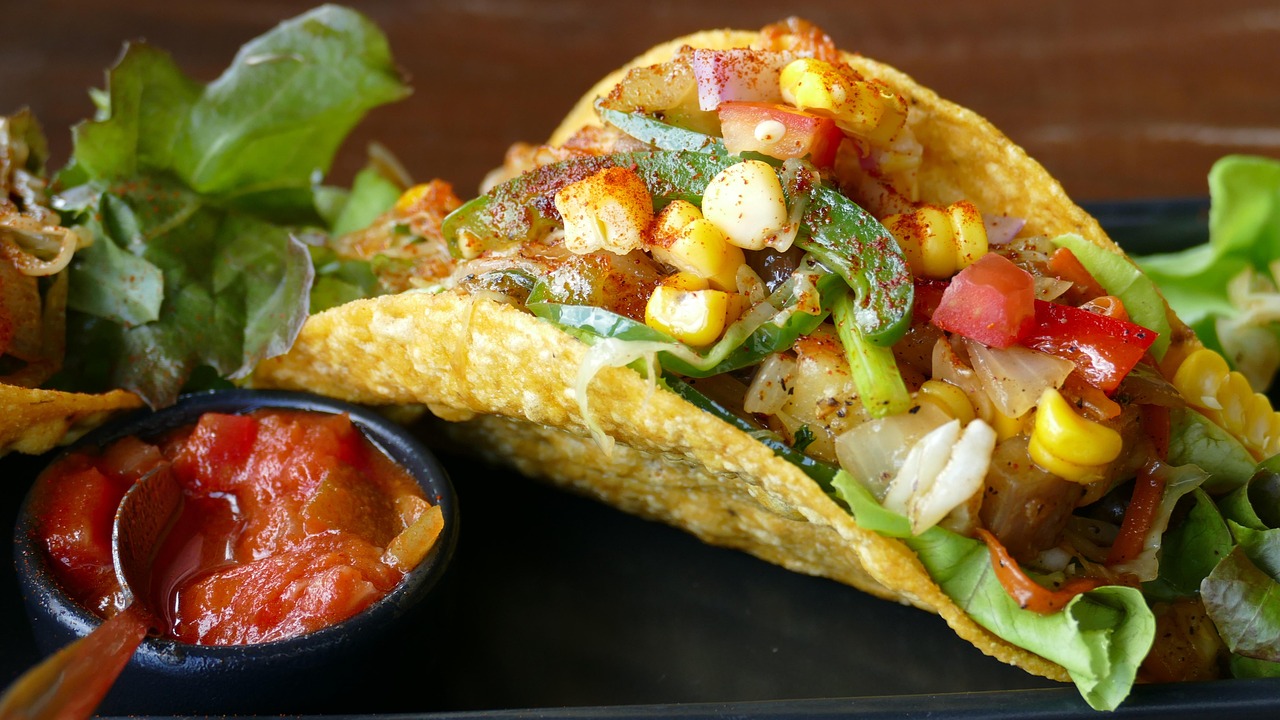
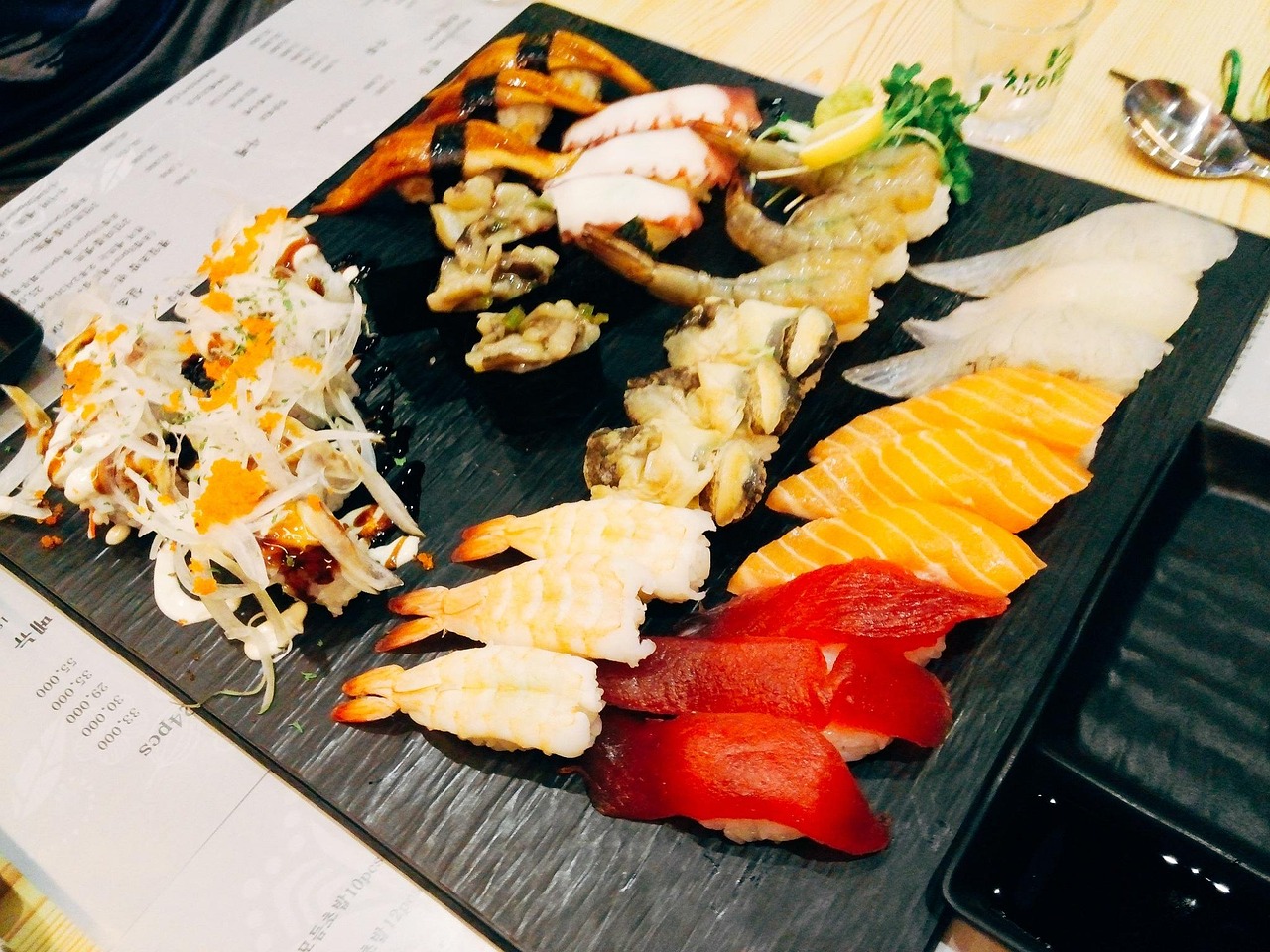
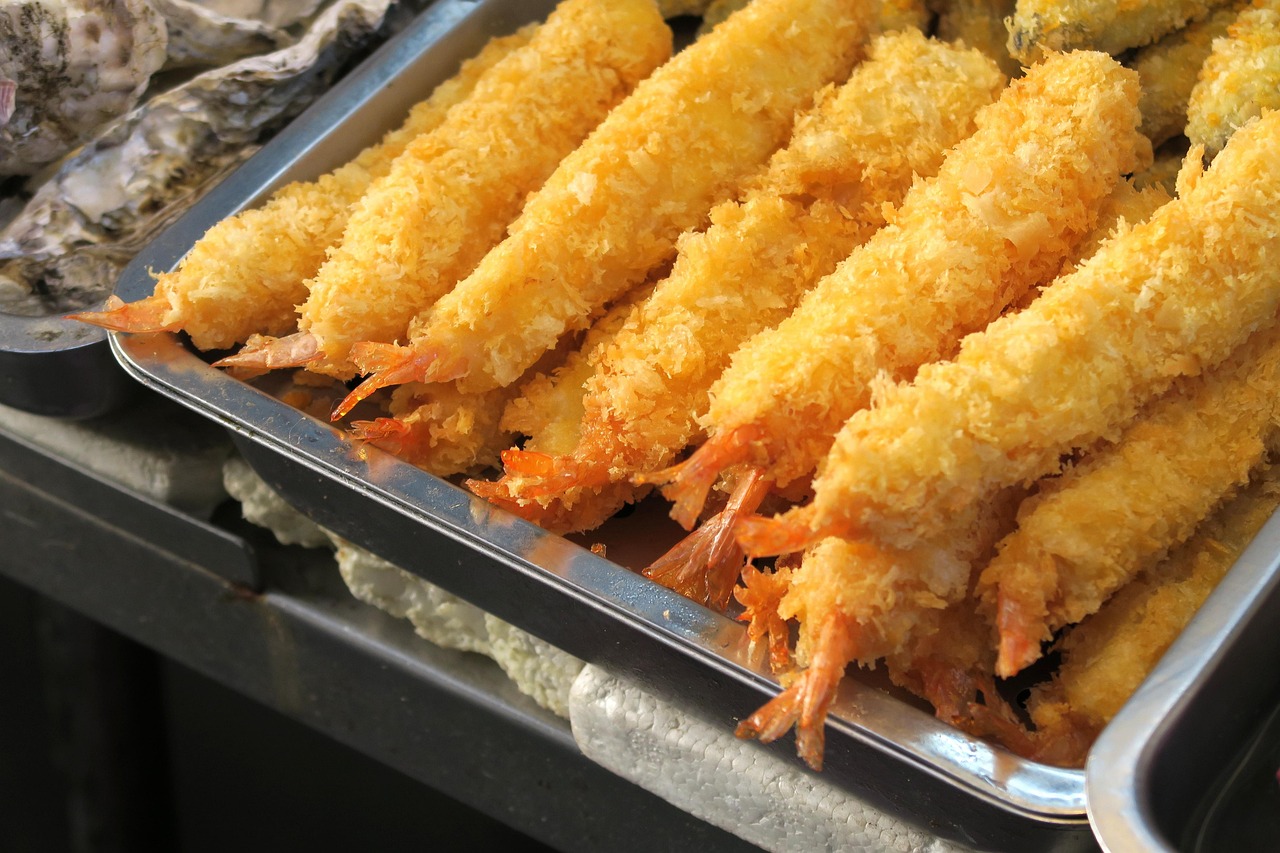
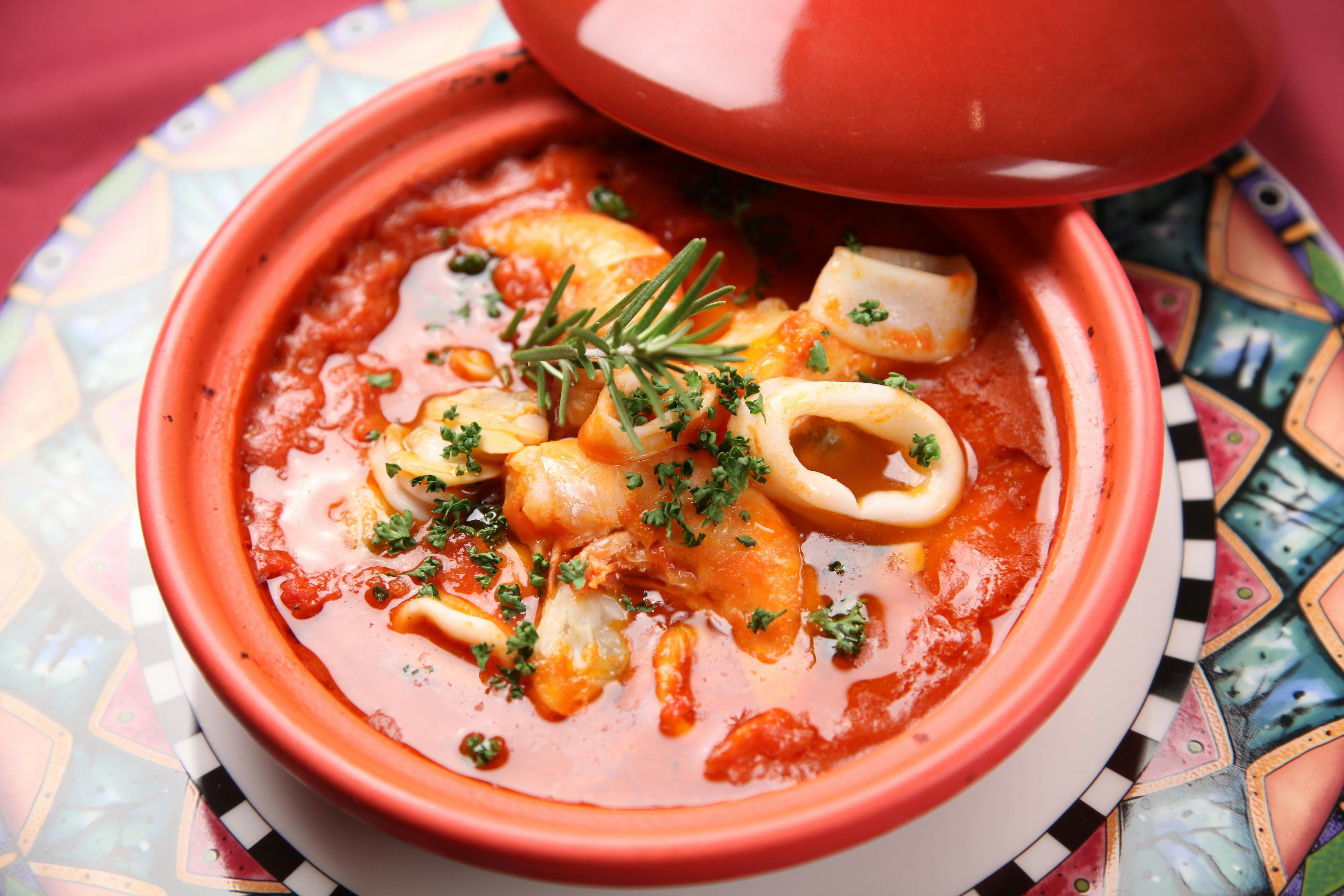
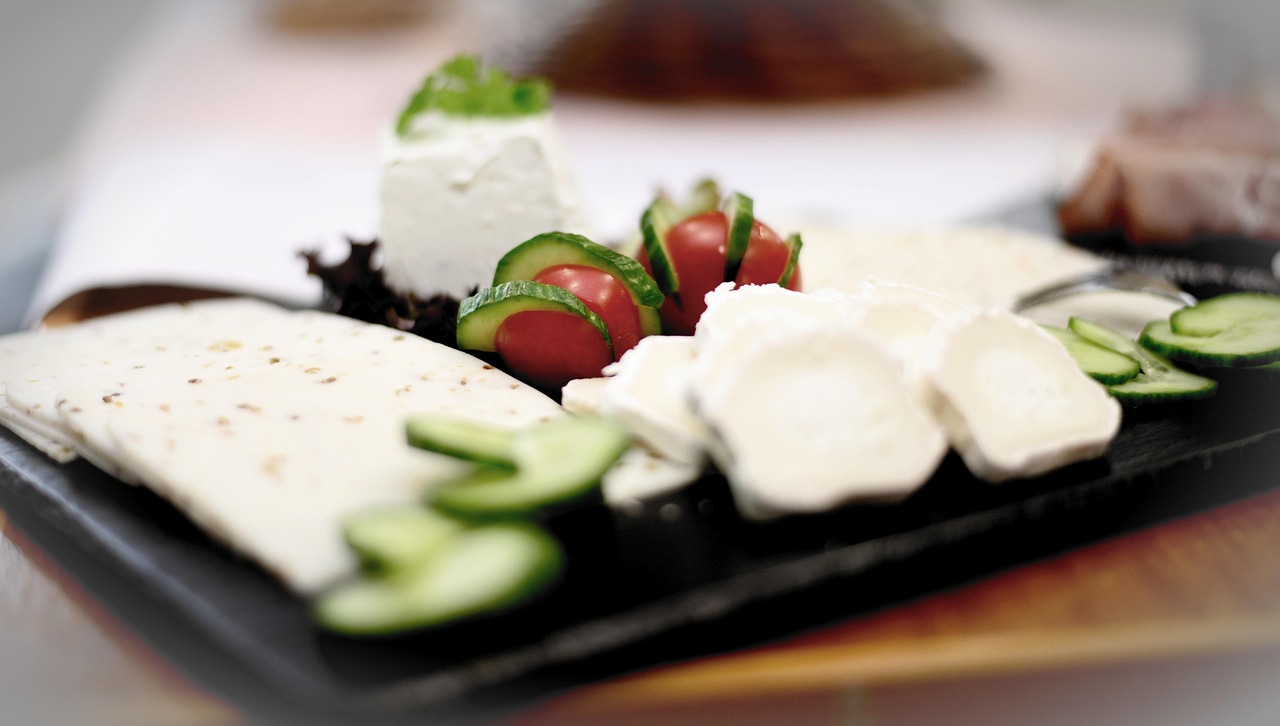
 京公网安备11000000000001号
京公网安备11000000000001号 闽ICP备2023004937号-3
闽ICP备2023004937号-3